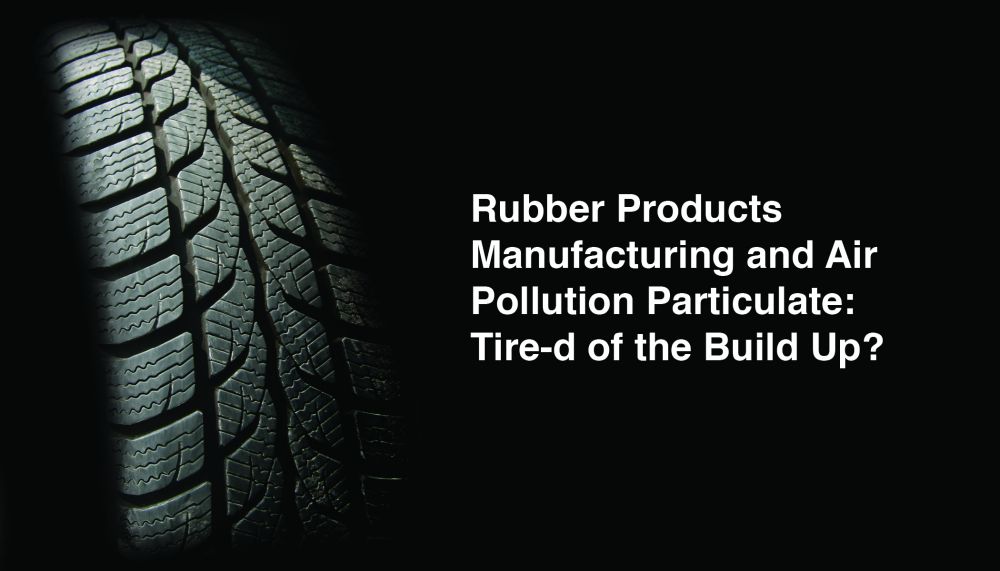Catalytic Products International (CPI) installed an 18,000 SCFM CONCORD Selective Catalytic Reduction (SCR) system for the abatement of Ammonia (NH3), Volatile Organic Compound (VOC), and Nitrogen Oxides (NOx) at a Midwest USA cellulosic ethanol producer.
Read More
Topics:
Air Pollution Control,
Blog,
Case Studies,
Ammonia,
SCR,
Renewable Fuel,
NOx Abatement
Iron and steel foundries manufacture metal castings by melting iron and/or steel in a furnace, pouring the molten iron or steel into a mold of a desired shape, allowing the casting to cool (solidify) in the mold, removing the casting from the mold, and finishing (grinding and cleaning) the final cast product.
Read More
Topics:
VOC Emissions,
Regenerative Thermal Oxidizer,
Case Studies,
Foundry,
Sand
Catalytic Products International (CPI) has worked with numerous animal feed manufacturers to develop proven techniques to eliminate odors, volatile organic compound (VOC) and ammonia emissions from the production process of animal nutrition solutions for livestock, poultry and aquaculture.
Read More
Topics:
VOC Emissions,
Thermal Oxidizer,
Case Studies,
Odor,
Installation,
Rendering,
Recuperative Thermal Oxidizer
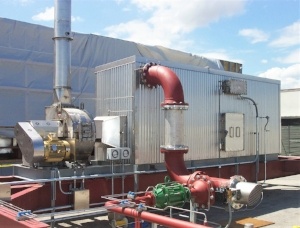
Ethylene oxide (EtO) is a flammable, colorless gas used as an agent to sterilize equipment and plastic devices that cannot be sterilized by steam, such as healthcare devices and instruments. Ethylene oxide is also used to make other chemicals that produce many everyday products including plastics, textiles, adhesives, detergents and cosmetics.
UPDATE March 14, 2024. EPA announces final rule to slash toxic emissions of ethylene oxide and reduce cancer risk.
The U.S. Environmental Protection Agency announced a rule that will reduce lifetime cancer risks for people living near commercial sterilization facilities across the country. The final amendments to the air toxics standards for ethylene oxide commercial sterilization facilities put in place the strongest measures in U.S. history to reduce emissions of EtO, one of the most potent cancer-causing chemicals. Through the installation of proven and achievable air pollution controls, commercial sterilizers will reduce emissions by more than 90%. Learn more here.
Read More
Topics:
Air Pollution Control,
Environmental and Regulatory,
Catalytic Oxidizer,
News,
Pharmaceutical & Medical,
Case Studies,
Sterilization,
Ethylene Oxide
Odor issues related to industrial processes are not uncommon. An odor is caused by one or more volatilized organic compounds (VOCs) that humans can perceive by the sense of smell. The challenge is that “odor is subjective, and what is sweet to some, can be a nuisance to others. In most cases the compounds that create the offensive odors are not present in sufficient concentrations to present a health threat, however they can diminish the quality of life of those exposed to them by their offensive nature.
Read More
Topics:
VOC Emissions,
Case Studies,
Odor,
Rendering,
Activated Carbon
One of the most common methods of transporting bulk cargo is a cylindrical container known as a drum, also referred to as a barrel. These drums are used to transport thousands of different cargo including industrial chemicals, acids (and other corrosives), oils, solvents, paints, resins, adhesives and soaps. Painted steel drums and drums made from high-density polyethylene (HDPE), typically called poly, or plastic drums, are used most often to transport and store such cargo.
Read More
Topics:
VOC Emissions,
Regenerative Thermal Oxidizer,
Paint & Coatings,
Case Studies
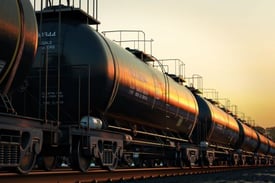 Trains and locomotive railcars operate in harsh environments which degrade the exterior paint and protective finish over time. For the interior of the tank and hopper cars, the linings must provide protection from highly corrosive cargo which can lead to heavy corrosion and premature coating failure. These vessels require durable and long-lasting finishes as varying weather and cargo can strip away these protective coatings.
Trains and locomotive railcars operate in harsh environments which degrade the exterior paint and protective finish over time. For the interior of the tank and hopper cars, the linings must provide protection from highly corrosive cargo which can lead to heavy corrosion and premature coating failure. These vessels require durable and long-lasting finishes as varying weather and cargo can strip away these protective coatings.
Read More
Topics:
VOC Emissions,
Regenerative Thermal Oxidizer,
Paint & Coatings,
Case Studies,
Installation,
Rail Car
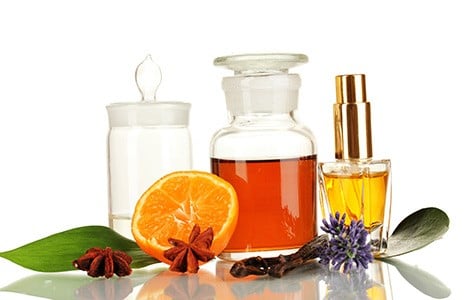
| Volatile Organic Compounds (VOCs) and odors are natural by-products of many chemical manufacturing processes. The manufacturing of powdered and liquid flavorings & fragrances involves production phases where VOCs and odors can escape into the ambient air. Recapture of the VOCs is important in the prevention of air pollution and smog. Smog is formed when VOCs react with nitrogen oxides (NOx) in the presence of sunlight. The reaction forms ground level ozone, airborne particulates, and some other pollution. |
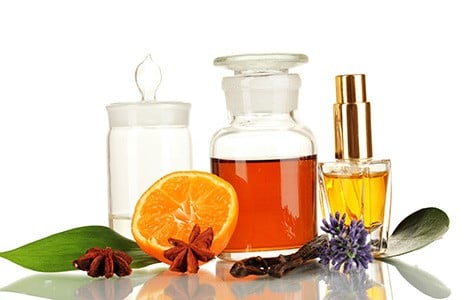 |
Ozone has been selected as the standard to measure ground level pollution, a precursor under EPA’s criteria pollutant program. Areas of the country that have ozone readings above EPA guidelines are ruled nonattainment areas and have stricter regulations for VOC, CO, and NOx emissions. This proves that although the compounds that create offensive odors may not be present in sufficient concentrations to present a health risk, they can diminish the quality of life for the community surrounding the manufacturing process.
Read More
Topics:
VOC Emissions,
Flavoring and Fragrance,
Case Studies
Industrial manufacturing companies, such as the tire and rubber manufacturing industry are striving for maximum uptime of their process manufacturing equipment. It is vital that unplanned downtime is kept to a minimum, and maintenance intervals can be predicted to match the scheduled downtime of each individual facility. This is especially true with your air pollution control equipment which is essentially the “permit to operate” the revenue generating portions of your manufacturing process. Don’t let the stress of untimely and costly downtime build up, literally.
Read More
Topics:
Regenerative Thermal Oxidizer,
Automotive Industry,
Rubber & Rubber Products,
Case Studies

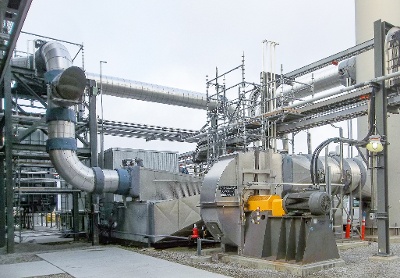
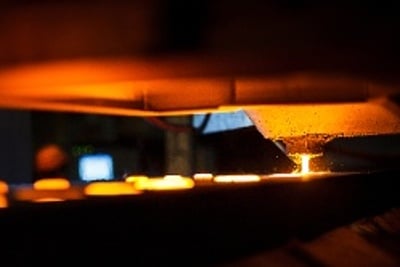
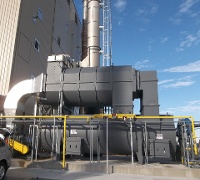
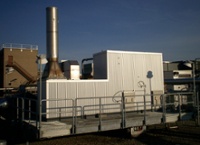

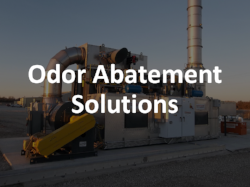
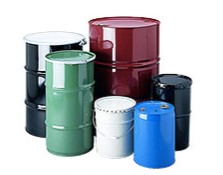
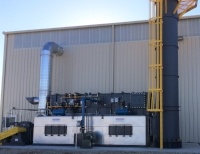
 Trains and locomotive railcars operate in harsh environments which degrade the exterior paint and protective finish over time. For the interior of the tank and hopper cars, the linings must provide protection from highly corrosive cargo which can lead to heavy corrosion and premature coating failure. These vessels require durable and long-lasting finishes as varying weather and cargo can strip away these protective coatings.
Trains and locomotive railcars operate in harsh environments which degrade the exterior paint and protective finish over time. For the interior of the tank and hopper cars, the linings must provide protection from highly corrosive cargo which can lead to heavy corrosion and premature coating failure. These vessels require durable and long-lasting finishes as varying weather and cargo can strip away these protective coatings.

